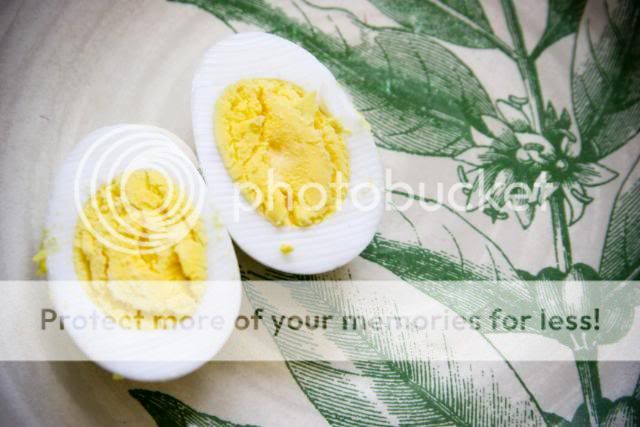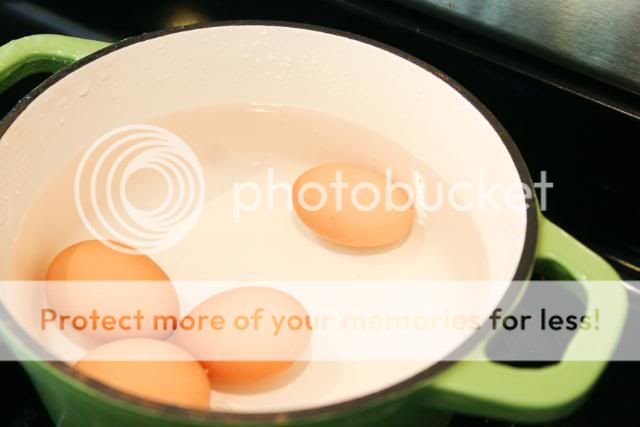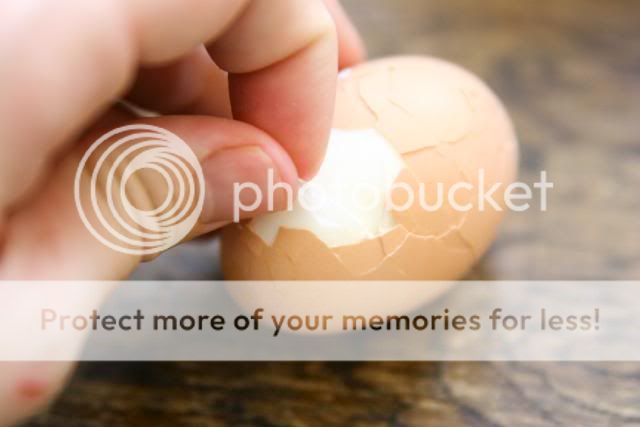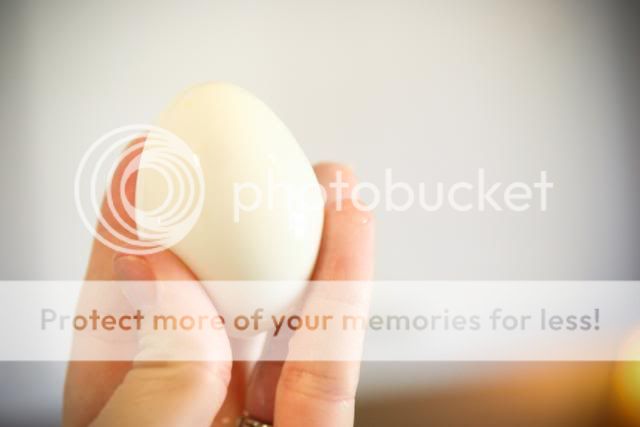
I've been doing an experiment some months and I've been loving the results so far!
I have a very dear-to-my-heart friend,
Mandi. Go check out her blog...you will learn cool crunchy hippy things.
Mandi is a kindred spirit. She also has glowing, radiant, beautiful skin- and striking green eyes (but that is besides the point...back to the skin).
Upon one of our many conversations- me learning and she enlightening me- I asked her what she "washed" her face with.
Much to my surprise, she told me about how she cleanses her face with oil. Gasp!
Instantly my brain thinks through how this would NOT work for me because I have oily acne-prone skin. I would be committing skin suicide if I put oil on my skin, right???
I had bought "oil-free" everything my whole entire life per the costly dermatologists requests.
There lies the problem.
For the majority of my life since I've been old enough to have pimples and bad skin (which most likely dates back to the ripe ole' age of 7.......not really, I tend to exagerate. It just seems that long.) I've struggled with skin issues.
I won't deny that a lot of my skin issues in the past have been hormonally related (PCOS), dietary related (the SAD diet), and an imbalance of good vs. bad bacteria in my stomach.
That whole statement above really irks me! What is the first thing a dermatologist prescribes for someone with acne?
Birth control and antibiotics??? Ding, ding, ding! That's right! And then they tell you to lay off the chocolate. Much to my surprise, chocolate was the least of my worries.
Well, I don't know that a dermo can technically "prescribe" birth control, but I know it was suggested that I use it to help with my acne and so I went to the "other" doctor to get on the pill- who highly recommended the pill for acne. Do you see the cycle?
Okay...I need to focus. I can't get into all of that right now because I don't want to bore you to tears with a reaction chain of all-things-wrong.
We're about solutions around here.
A large part of my problem has been what I've put on my skin on a daily basis.
From the
www.oilcleansingmethod.com:
"The reasons we have so much trouble with mainstream skin care products are numerous, but two reasons, in particular, lead the pack. These products strip the oil out of our skin, leaving our largest organ trying to repair itself by replacing the oil stripped away. This leaves us in a cycle of being tight and dry followed by the inevitable oil slick. Each time we strip the oil away, our skin over-compensates for the lack of moisture by creating more oil. On top of the drying effects, these products are highly-scented. Fragrance is one of the top skin irritants and strangely enough, even the so-called "unscented" products usually contain fragrance. See for yourself and check the labels. Dry, irritated skin replaced by oily skin, inflamed and trapping debris."
After talking to Mandi and reading that paragraph above, I had a light-bulb moment. I love those!
I had no idea that taking care of my skin could really be this easy.
I'm not claiming that I have perfectly spotless skin, but during "a time" when my skin is usually the worst.....it looks pretty good I must say.
And on "normal" days, my skin glows like it never has and looks better than it has in years. I do attribute this to the oil since my eating habits have mostly been on track and I've changed my cosmetics over the years.
I really noticed the most improvement when I switched to the Oil Cleansing Method.
I have normally oily skin. When I'm done oil cleansing, my skin feels balanced and soft. Not squeaky clean and not overly oily.
I've noticed a big decrease in blackheads. I can't tell you how many times I've declared war on those suckers.
I cleanse my face with oil at night to wash off my make-up. In the morning when I wake up, I just rinse my face off with water as a good refresher.
Side note.....Another light-bulb moment for me was when I realized that I was washing my face every morning after only sleeping on a newly washed face before I went to bed. How dirty can your face get sleeping??? Not very I don't think.
I will never use soap on my face again. Never! And I will never spend another dime towards expensive cleansers, moisturizers, or toners claiming to be awesome. They are not awesome.
I noticed a HUGE drastic improvement of the "feel" of my skin in just a few days of doing this.
Here is a post on The Oil Cleansing Method website with recipes and information.
Here is a post on Mandi's blog with her great recipe.
I made some modifications for my facial oil based on my skin type. I do have oily skin naturally (my momma says I'll be thankful when I'm older) so I use a little more castor oil than normally balanced skin people should use.
Some people like to use Extra Virgin Olive Oil (EVOO) in place of the Sunflower Oil.
But, this is where I like to have a little fun.
The recipe on The Oil Cleansing Method website suggest only Castor Oil, and Sunflower Oil. I suppose you could do that. But, there isn't a whole lot of fun in that now is there?
So, like Mandi, I added
Neroli and some essential oils for fragrance. Many many many essential oils are so great for the skin. At the top of the list is orange oil. Not only does it smell scrumptious, it does wonderful things to your skin.
The main thing is to keep it simple and do some experimentation on what works best for your skin.
Try and use medicinal or therapeutic grade (organic is possible) essential oils if you choose to add them.
Before you spend another dime on a bottle of "the next big thing", try going simple and back to basics of skin cleansing. I think we tend to over-complicate things in this world of ours.
Cleansing your skin can really be as simple as using two ingredients (or 4 in my case) and not a list of ingredients the length of your hand with a million words you've never heard of claiming to do things they were never intended to do in the first place.
If you give this a whirl or have used it, give me a shout out and let me know!























 facebook
facebook